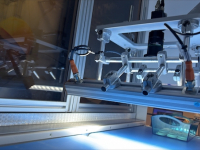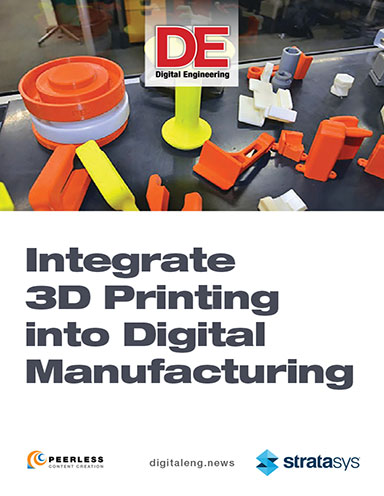December 22, 2017
As digitalization continues to upend the manufacturing sector, 3D printing is taking on a new role—not just for fast and cost-effective prototyping—but also as a viable mainstream production technology.
Like other industries, manufacturers are rapidly expanding digital connectivity throughout their ecosystems and creating new digital processes that support the entire product lifecycle. These digital connections leverage 3D models to sync a manufacturer’s designers, engineers, partners, factory workers, maintenance personnel, and end users to a common framework for collaborating and sharing data that can unlock enormous value and change the manufacturing landscape. Digitization will have an impact on every aspect of manufacturing, from early concept design to operations and throughout the supply chain. By supporting new digital processes, manufacturers are seeking to bolster innovation, capitalize on sourcing and production efficiencies, and facilitate preventive and prescriptive maintenance while improving their customers’ experience.
3D printing has been a mainstay of engineering departments for decades as a rapid prototyping tool, but the technology is now being tapped more readily for production applications thanks to breakthroughs on a number of fronts, including the ability to print larger parts and an expanding range of robust materials. Manufacturers embracing 3D printing as a production technology stand to benefit in a variety of ways. For one, they can more quickly turn digital designs into physical products, helping meet the growing demand for mass customization and shorter design cycles.
At the same time, integrating 3D printing into the product development workflow facilitates the product design and development process, whether it’s for prototyping, expensive tooling or final-production products. Unlike traditional workflows, where engineers design products and then figure out the best way to manufacture them, 3D printing, as part of a digital manufacturing approach, removes those barriers and reduces design constraints to promote greater innovation while accelerating time to delivery.
Fill out the information below to download the resource.
Latest News











